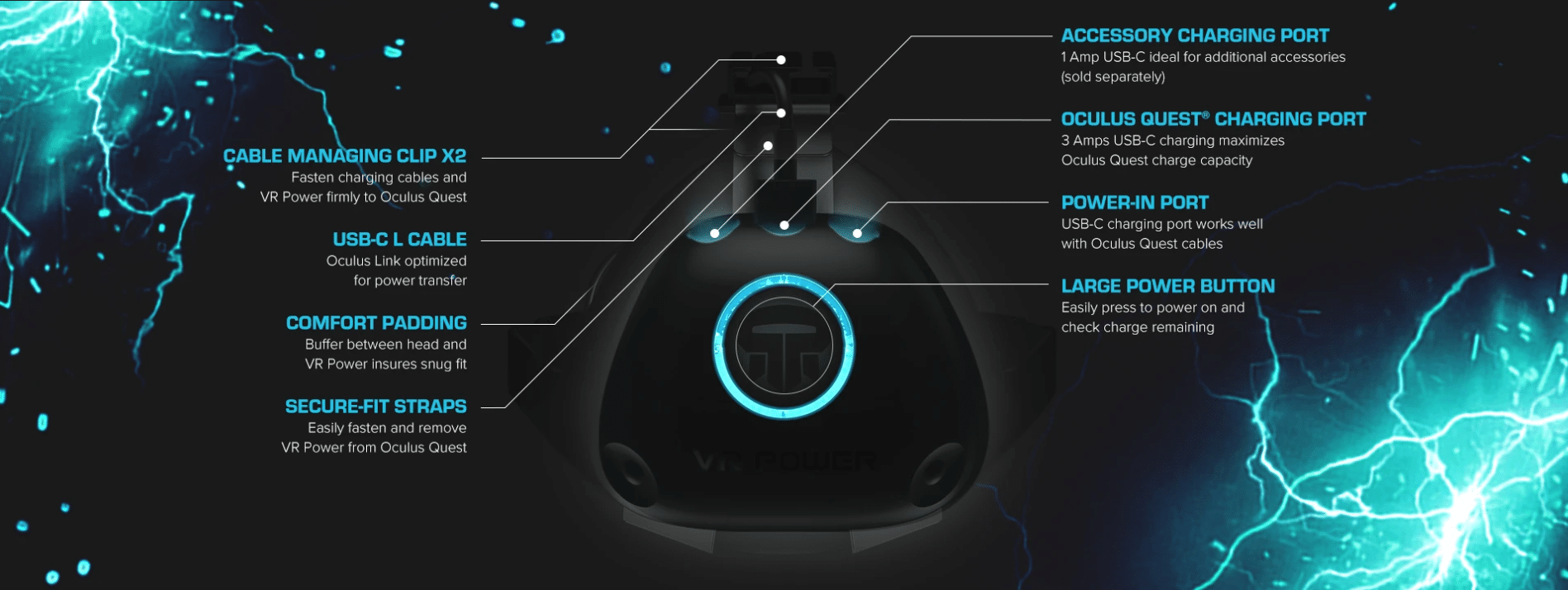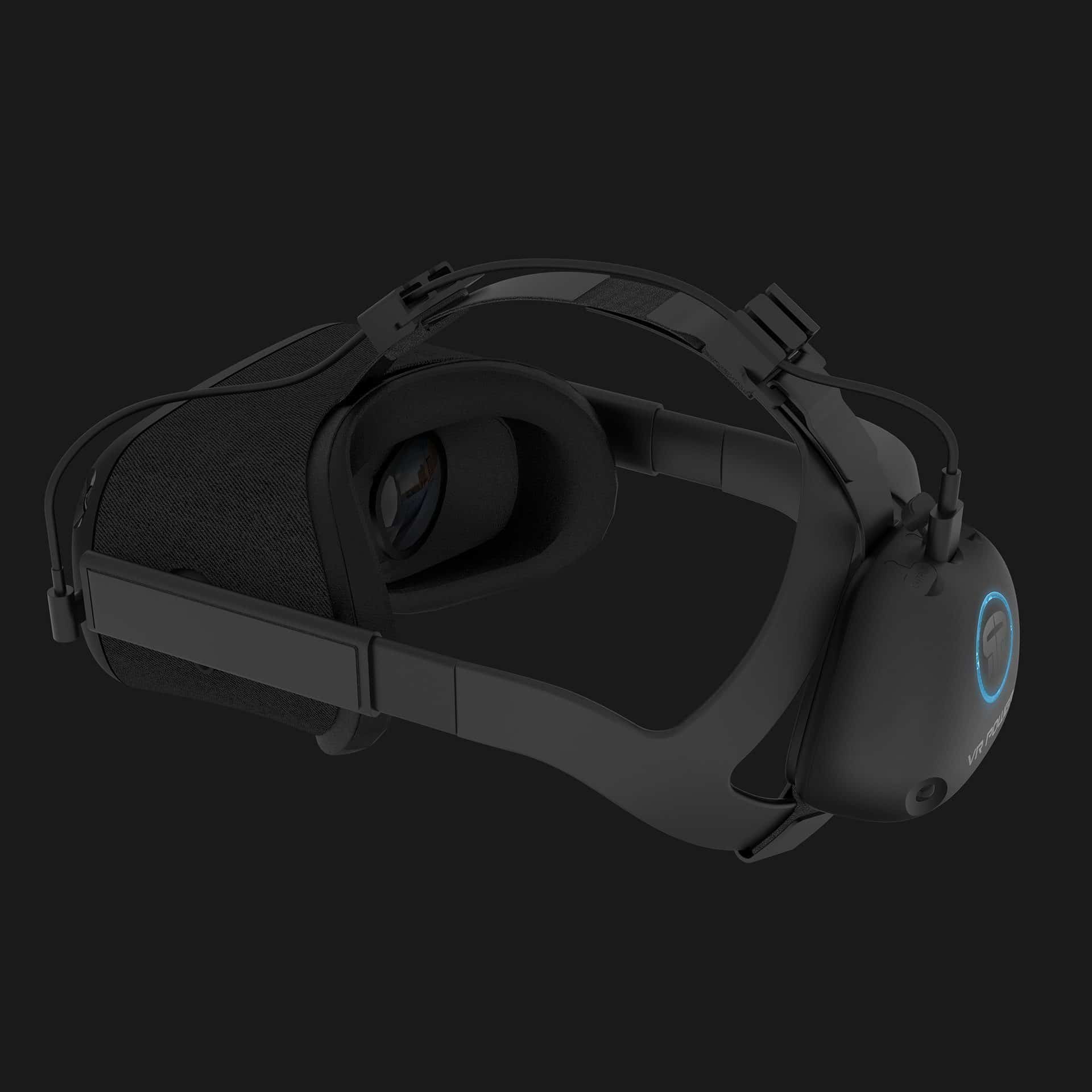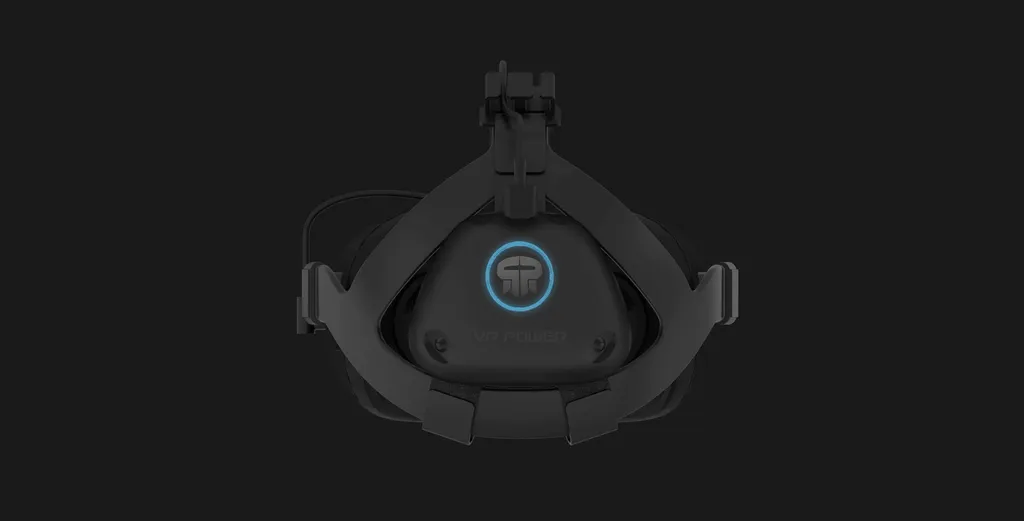The Oculus Quest made a huge impact in the VR community in less than a year. It gave VR aficionados a standalone solution with great controllers, and helped bring in newcomers with an affordable, accessible headset.
[When you purchase items through links on our site, we may earn an affiliate commission from those sales.]
Talking to people at this year’s CES, some even believe the Oculus Quest is the first true sign of Facebook steering away from PC VR headsets for future products. No matter which way you look at it, the Quest changed the VR market forever.
But just like a pair of shoes (or pants, and even glasses), not all headsets fit the same. Personally, I find the Oculus Rift S the most comfortable headset on the market: its halo design gives me optimal comfort, and I can use it fine with or without my glasses. Our Managing Editor, Ian Hamilton, however, swears up and down the Valve Index provides the most comfort, and says he can spend the most time in it. Others on staff also prefer the Rift S, or find the PSVR more comfortable. And our Operations Manager, Kyle Riesenbeck, finds the Samsung Odyssey+ the most comfortable – a headset that I wish I found comfortable, but can’t stand wearing.
The Samsung Odyssey+ and Oculus Quest both give me fitting issues, but from different sides of my head. With the Odyssey+, which was used quite frequently at SXSW 2019, I have to push down the front of the HMD to get clarity, and close the incredibly large gap beneath my eyes which let dreadful amounts of light in. On the Quest, however, the issue starts at the back of the headset: I’ve never been able to get it to rest on the back of my head correctly, resulting in an immense amount of pressure on my face, and the bridge of my nose. I can spend hours adjusting the straps, but nothing ever works. Every experience on the Oculus Quest has been blurry, painful, and disappointing.
Co-workers tried making their own counterweight with battery packs, but nothing seemed to work. As a result, Quest has been collecting dust since I got it last year, and it has made me quite sad. I’d bring it with me on my travels, only to be reminded that it’s too painful for me to use. When I heard about Rebuff Reality’s VR Power, and that it was on the CES showfloor, I had to check it out.
In the animation above on the left the Oculus Quest is equipped with Rebuff Reality’s VR Ears accessory and on the right it is equipped with the company’s VR Power accessory.
I was of course skeptical. The pessimist in me refused to believe a simple battery pack would serve as a counterweight that would make using my Oculus Quest once again desirable. I feared for a variety of things: it would be too heavy, it would somehow fit worse, and that it would make the headset feel incredibly unstable. When I approached the booth, I expressed my concerns to them and they confidently picked up a unit equipped with VR Power and offered it to me to try on.
Trying on an Oculus Quest with VR Power was like a Cinderella moment for me, slipping onto my head perfectly for the first time ever. The Quest no longer pressed down on my cheeks, causing discomfort. My nose wasn’t being pinched. And for the first time, the Oculus Quest’s displays were as clear as could be. The VR Power worked, and it worked without any complicated set up.

The VR Power comes with straps that make it easy to put on and remove from the Oculus Quest. It features a sleek power button featuring the company’s logo with a blue ring around it, which signifies the remaining battery life (when it’s fully charged, the whole circle will illuminate, and when half charged, only half will, and so on). The top strap also features cable clips, making sure everything stays out of the way, and secured in place.
To further test the stability the VR Power provides, Rebuff Reality CEO Joe Sciacchetano had me try a level in Pistol Whip. Granted this was my first attempt at Pistol Whip (yes, I had it on easy), but after making the first dodge maneuver, I had complete confidence in VR Power and its stability. I was able to turn my head left and right quickly, while dodging bullets from all angles without grabbing the headset even once. Not only did VR Power help with comfort, it helped me feel more immersed in the experience.
VR Power wasn’t the only accessory I demoed at Rebuff Reality’s booth. Rebuff Reality is also releasing a new accessory called VR Ears, which offer a premium audio solution to all VR headsets. Similar to the Valve Index’s off-ear speakers, VR Ears deliver a high quality, crisp sound to help elevate your experience. While playing Pistol Whip on the Oculus Quest equipped with both accessories, Sciacchetano would sporadically unplug and plug back in the VR Ears.

The difference between the sound with and without the off-ear speakers was night and day — like the difference of something through cheap speakers, and being there live. If you’re sick of wearing earbuds or headphones with your Oculus Quest, VR Ears provide the perfect solution. Currently there is no price or firm release date for VR Ears, but they are expected to ship some time this fall.
VR Power is currently available on Rebuff Reality’s website for $59.99 USD, with an expected delivery date of January 30th, 2020. The battery pack and counterweight combo promises up to eight hours of gameplay, or up to 10 hours of streaming videos on Quest. You can buy one by clicking here.


























